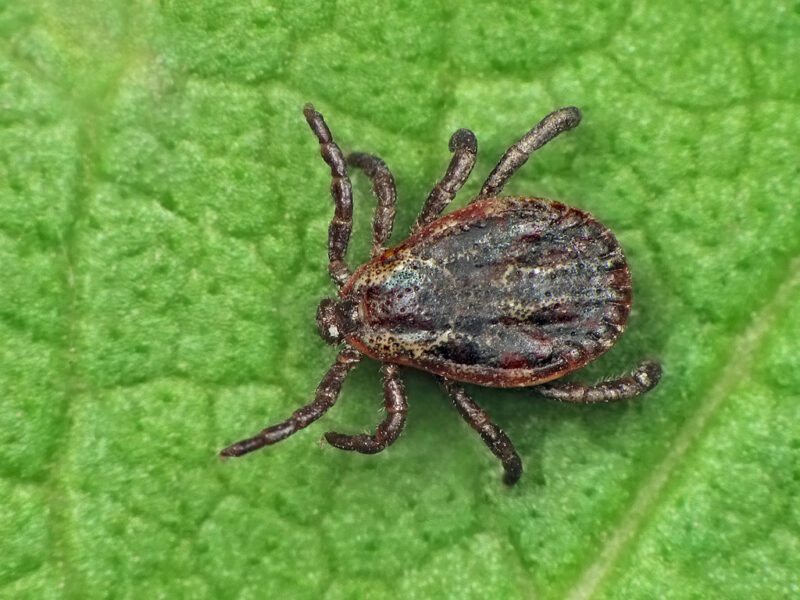On March 19, 2014, an article describing an outbreak of an unknown disease in Macenta prefecture, approximately 800 kilometers from Conakry, the capital of Guinea, came into the HealthMap System [1]. There were reports of eight deaths and several more suspected cases, with symptoms primarily consisting of excessive bleeding [1]. Lassa fever, an acute viral illness endemic in the region, was rumored to be the cause of the mysterious outbreak, but little did the world know – it was merely a warning signal of the storm to come.
As of March 22, 2015, the Ebola outbreak that has ravaged West Africa — primarily in the countries of Liberia, Sierra Leone, and Guinea — has killed an estimated 10,350 people, with a total of 24,957 cases [3]. The outbreak has also devastatingly extended beyond its epidemiology – the virus has decimated health systems infrastructure, crucial development and economic gains, and has even forcibly changed daily human interactions [4, 5]. The battle to beat Ebola continues to be far from over.
This weekend, Sierra Leone declared a three-day nationwide lockdown, an attempt to isolate and detect hidden cases of Ebola, as health workers move door-to-door to track them down [6]. On Saturday, Liberia reported that its most recent Ebola patient had died from the virus, after being diagnosed on March 20th [7]. This leaves two suspected cases of the disease in the country, with 80 close contacts of the initial case currently under monitoring [7]. Of the 79 recently confirmed cases of Ebola over the past week, Guinea accounted for 45 of them [8].
Origins of the Outbreak
Speculation on the origins of the largest Ebola outbreak in history point to the death of a two-year old boy named Emilie Ouamouno [9]. He died in the remote village of Meliandou in the Guéckédou Prefecture, Nzérékoré Region of southern Guinea [9]. Perhaps somewhat revealing, Meliandou presses up against the borders of both Sierra Leone and Liberia [9]. It is unclear and uncertain as to how the toddler contracted Ebola, but the virus also took the lives of his mother and older sister, Philomène, as well as eleven others in his village [9].
Researchers seek the zoonotic origins of this outbreak. In their effort to delve deeper into potential sources, researchers found a hollowed-out tree located in Meliandou in which a colony of insectivorous free-tailed bats lived [10]. This particular family of bats has been speculated to be a potential source of Ebola, as they have been “shown to survive experimental infection” [10]. While initial zoonotic transmission cannot be entirely certain, researchers believe that the discovery re-emphasizes the importance of broader sampling efforts that need to be conducted to further understand Ebola virus and its ecology [10].
HealthMap & Ebola
During the Ebola outbreak, HealthMap has worked to provide a centralized source of critical data, allowing for progression and spread to be tracked in real-time. The outbreak timeline, which was developed in July 2014, can be found here: http://healthmap.org/ebola
Sources
[2] http://www.cdc.gov/vhf/lassa/
[3] http://apps.who.int/gho/data/view.ebola-sitrep.ebola-summary-20150327?lang=en
[4] http://www.bbc.com/news/health-31982078
[5] http://time.com/3755178/ebola-lessons/?xid=emailshare
[6] http://www.bbc.co.uk/news/world-africa-32083363
[7] http://www.dw.de/first-ebola-patient-in-a-month-dies-in-liberia/a-18347407
[8] http://www.reuters.com/article/2015/03/25/us-health-ebola-who-idUSKBN0ML2C820150325
[9] http://www.theguardian.com/world/2014/oct/28/ebola-virus-guinea-first-victim-patient-zero
[10] http://embomolmed.embopress.org/content/early/2014/12/29/emmm.201404792

